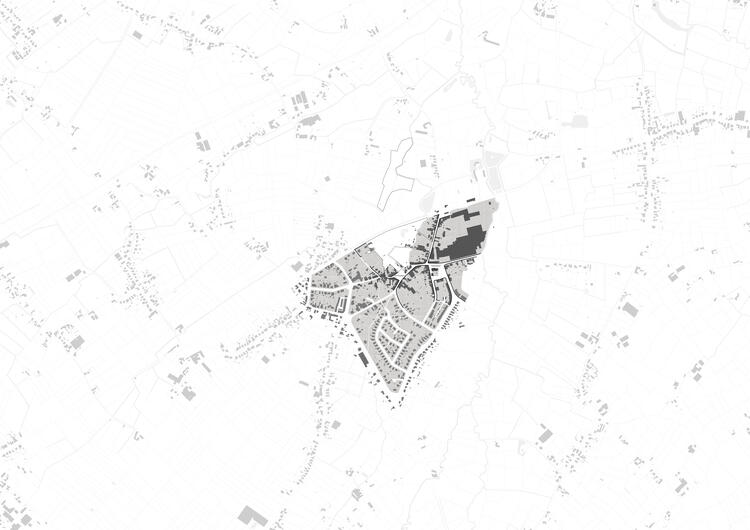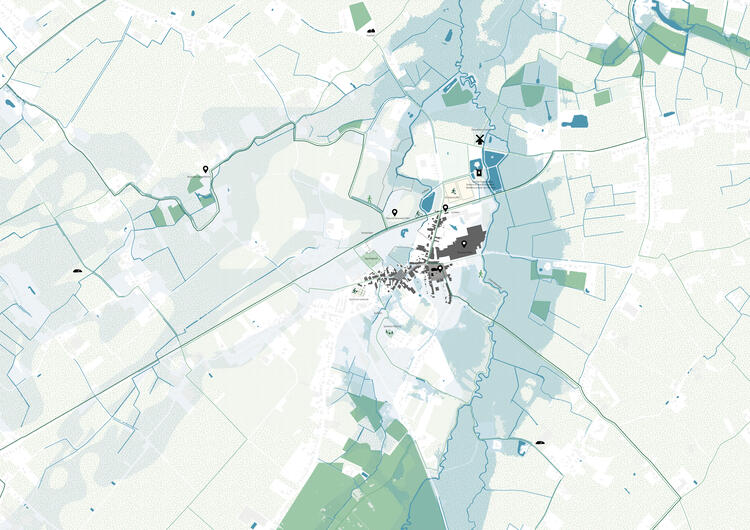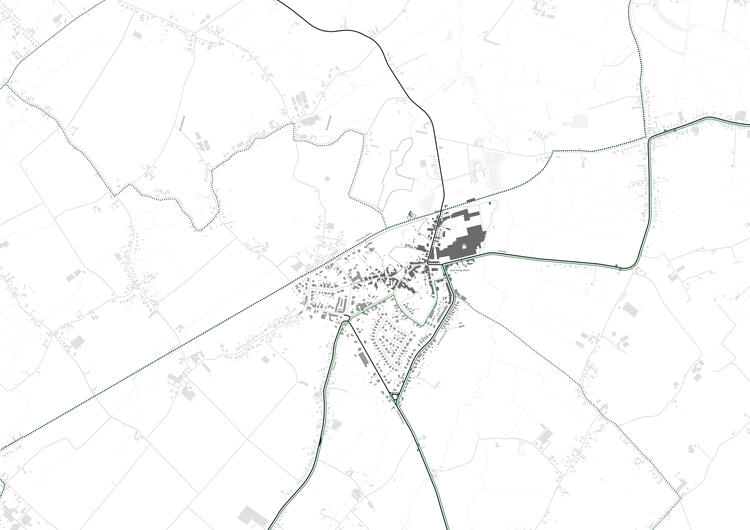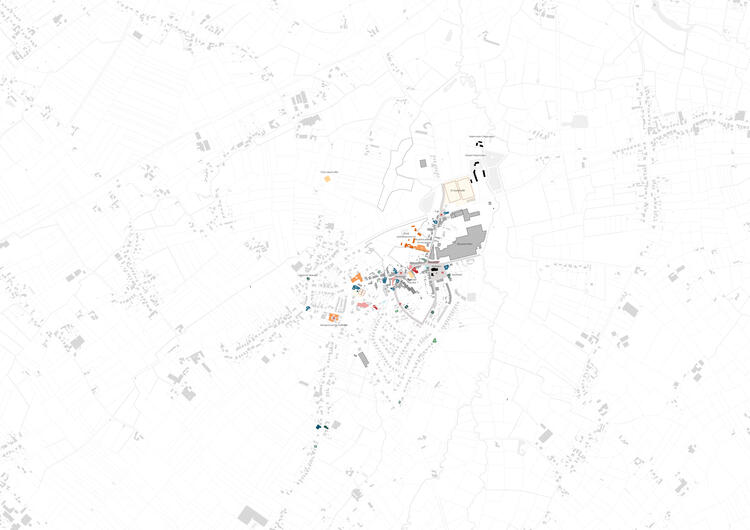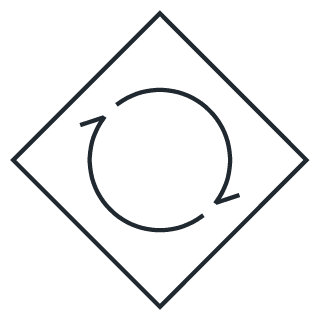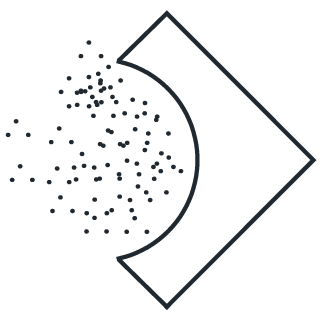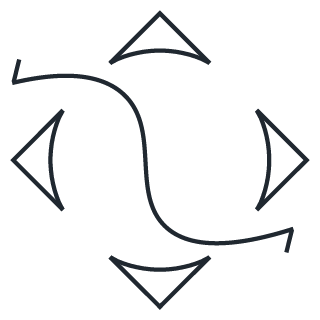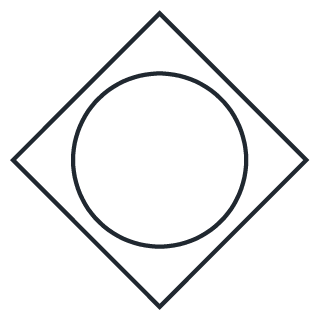Each village core deserves comfort and appeal
Over the past years we have seen a renewed interest in our Flemish villages from various quarters. Writers, policy-makers, planners and designers have brought to life a refreshing and optimistic debate on a typology that some considered obsolete, ill-equipped to answer today’s challenges. At POLO Urbanism we believe in the transformative power of the small-scale village tissue, and find the timeless qualities of village life are ripe for a reappraisal; we do so through a radical but sensitive proposal that grows out of a particular context, injecting life back into the village of Steenhuffel.
A large industrial terrain is strategically located between the centre of Steenhuffel and the surrounding farmland. This site was once occupied by Sarens, a worldwide player in the crane and lifting business. Just across the road are the famous Palm breweries. Together they bring a peculiar industrial scale to this typical rural Flemish village. As the history of the Sarens family business is closely interwoven with the community of Steenhuffel and its spatial tissue, the family sees a unique opportunity here to give back by delicately inserting an exciting new neighbourhood into the village fabric.
Villages like Steenhuffel seem to fall short of the benchmarks set by current Flemish spatial planning policies with regards to densification. Without a train station Steenhuffel is considered poorly connected, while also lacking the necessary facilities locally to cater for a population increase. The limited development opportunities often prove economically unviable — especially those ambitious spatial transitions that could have a wider impact on the village.
We believe this kind of small village still has a lot to offer. Its alleged shortcomings seem hardly insurmountable. Sustainable mobility is within reach as train stations are located nearby and can be linked up through improved soft mobility connections. The recent pandemic has also increased the attraction of living outside the urban centres in green surroundings as working from home became more prevalent. For a village this size Steenhuffel still has a decent range of facilities —a new village quarter would give them a new lease of life and add new ones that are currently lacking.
When we accept Steenhuffel is not as isolated and poorly equipped as it looks at first sight, we think a considered densification of the village core is justifiable; it may even be indispensable if we want to ensure its survival as a vibrant and diversified community.
Re-wilding the village
The Sarens site is located in the valley of a minor stream which is still running underneath the battered asphalt surfaces of the former industrial grounds. Uncovering this hidden fluvial landscape and rehabilitating the surrounding natural habitat become the main drivers of our project. We transform the impervious surfaces on site into softscape. We reintroduce natural flooding and rainwater buffering, providing attractive waterbodies for the whole village to enjoy.
The landscape here is “re-wilded” in the form of a low-maintenance meadow landscape, integrating natural flood plains. About two thirds of the site is given back to nature. The little stream becomes the harbinger of a sweeping revitalisation, reintroducing the indigenous landscape right into the heart of the village.
This represents a paradigm shift of sorts. Flemish villages are mostly embedded in man-made agrarian landscapes. While these are nominally green, their ecological value is decreasing; moreover they are seldom really public. Open space is not the same as public space.
The green space we envisage at the core of our development is both radically wild and radically public, as it is crossed by multiple bicycle paths and pedestrian shortcuts. It is the connective tissue that gives a strong identity to this new village quarter.
Bringing a renewed intensity to the heart of the village
If the new blue-green infrastructure is the spine of our design scheme, then the built matter is the meat that latches onto this. A diversity of residential tissue is concentrated at the perimeter of the site, elegantly avoiding central flood-prone areas. Car traffic is relegated to the edges also, sharing streets with pedestrians and cyclists.
We create a building density that is in tune with the existing built fabric of the village. We carefully balance building heights, street widths and public space sizes with the divergent scales of the surrounding built tissue. We seek functional synergies with the already present amenities, and come up with new programmes aimed at creating a more vibrant, rounded community.
As Steenhuffel is facing a net outflow of inhabitants and an ageing population, we pay special attention to “life-proof living” by providing a mix of housing typologies which appeal to a range of residents. Besides much-welcomed new facilities we also introduce atelier spaces and provide public as well as collective open spaces where community activities can take place. With this inviting mixity, the seeds are sown for a new tightly-knit neighbourhood to grow — a flywheel towards a new Steenhuffel.
Today we find ourselves at the relaunch of a co-creative trajectory in which the design scheme will be further refined together with the municipality and all stakeholders. A strong implementation team steered by the Sarens family is taking shape, making sure that the high ambitions set for this project will lead to more quality of life in their much loved village.




